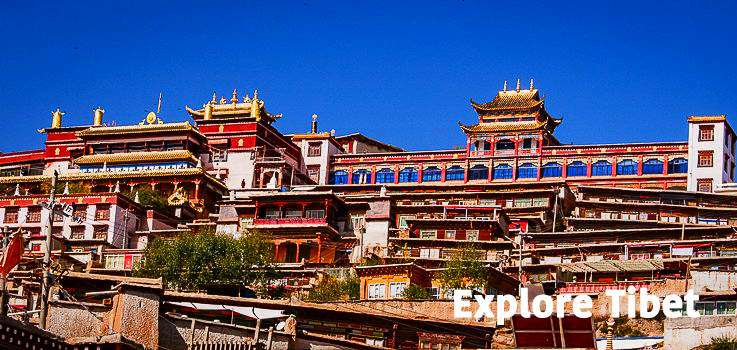
Garze monastery is located in Garze County, Garze Tibetan Autonomous Prefecture of Sichuan Province, China. It was built in 1662 by Qosot, who belonged to Oirat or Khoshud tribe. They were one of most powerful tribes in Mongolia back in the 1620s and they were Buddhist. Gushi Khan led many Khoshuds to occupy Kokenuur which is Qinghai these days and later settled in Tibet. The Kham parts of Tibet were under Mongols during that period of time. The monastery is built at hill slope of Garze County and it is one the largest Gelugpa monastery in Garze Prefecture by covering an area of more than 200,000 square meters. It has almost thousand quarters for the monks and many halls. The biggest hall is Maitreya hall and then thousand Buddha hall, Arhats hall and many other small size halls all around the campus. It was destroyed during the war and later rebuilt in 1981. The combination of Tibetan and Han Chinese architectural design made this monastery so unique and the landscape is quite amazing as it is facing toward the south of the Garze County with majestic structure. From the top of the main hall with a golden roof, visitors can view the whole valley and nearby villages around the foothill of Garze County.
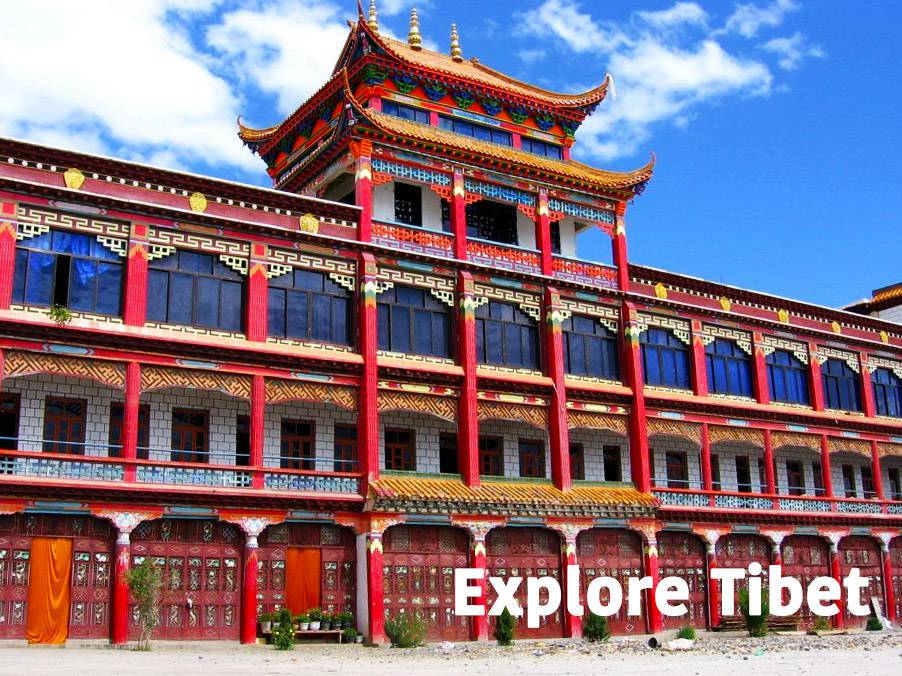
The garze monastery is the Gelug school of Tibetan Buddhism. Gelug sect is one the newest sect of Tibetan Buddhism which was founded by Je Tsongkapa back in the fourteenth century. He had merged Kadampa teachings and stages of the path with Tantric teachings of Sakya sect of Tibetan Buddhism as one new sect of Tibetan Buddhism. There was violent incident happened among the sects of Tibetan Buddhism. During that time Mongol Gushri Khan was supporting the Gelug sect as he was the most powerful ruler, therefore the Gelug sect emerged as the dominant one in Tibetan Buddhism in the 1640s and later rise to political power. As the Ganzi monastery was one of most powerful and largest monastery in the late sixteenth century in Kham region as the Mongol ruler was providing full support for the monastery.
All the monasteries of Gelug sect follow the almost same procedure or have similar curriculums. The central teachings of the Gelug sect are Lamrim (stages of the path) teachings of Tsongkapa which are based on the teachings of the Indian master Atisha. The most famous outline of Tsongkapa’s path is the intention to leave cyclic existence (khorwa) or samsara, generating the intention of attaining for the sake of all the sentient beings and the correct view of emptiness (tong nyi) or Shunyata in Sanskrit. The trantric practices of the Gelug are also integrated into the stages of the path model. These include Yamantaka, Cakrasamvara, Anuttarayoga Tantra and Kalachakra Tantras. The monastic disciple plays key role to get into the spiritual practice. The practitioners have to spent more than twenty years into thorough study of Gelugpa texts by memorizing and debating those main texts.
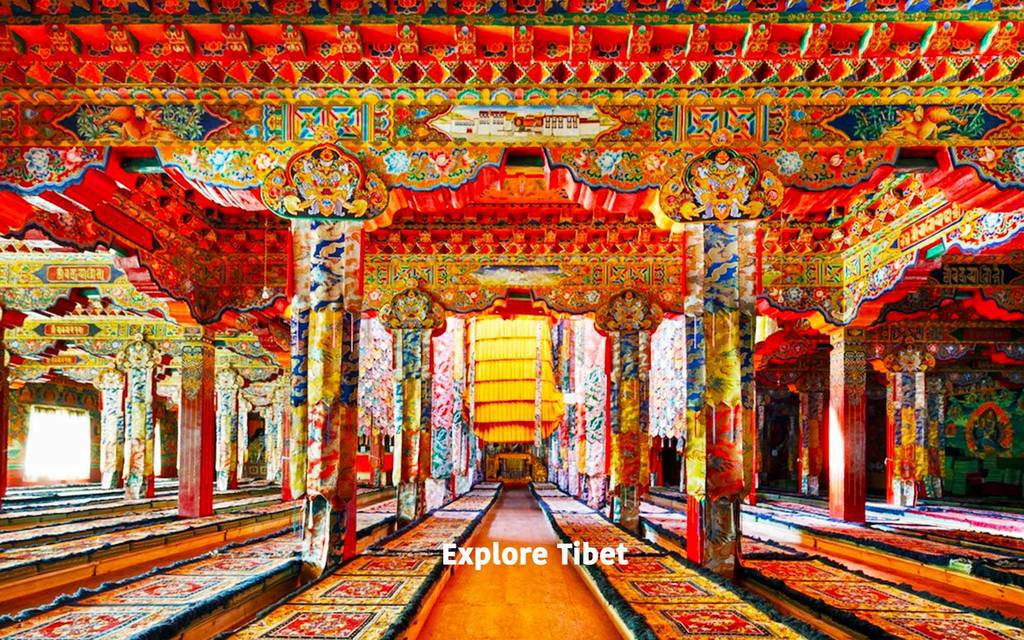
The major texts are Abhidharma, Epistemology which was composed by a very influential Buddhist monk and scholar called as Vasubandhu in India, Madhyamaka by Nagarjuna and Prajnaparamita (the perfection of Transcendent) which is the perfect way of seeing the nature of reality and as well as to the personification of the concept on the Bodhisattva. It was also composed by famous Indian scholar Nagarjuna. After spending such a long years of study, they had to give examination for Geshe Degree and then they can be a teacher or go for further studies to earn highest degrees in the Gelug sect of Tibetan Buddhism, that is Geshe Lharampa Degree as equivalent to PhD degree in the modern education system. Those scholars can be head of the monastery in their branch monasteries and most of the older scholars have more than hundred students under their guidance. They give teachings, empowerments and transmission for the practitioners and general public every year.
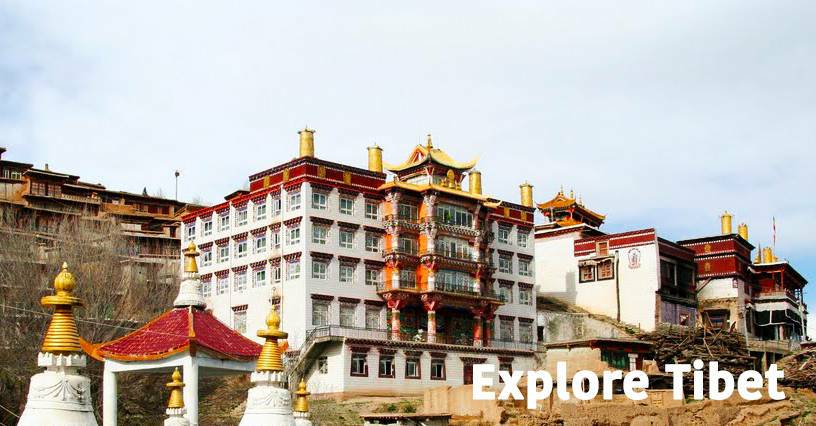
The Garze monastery has large campus fill with small chambers and many temples. There are also some Mongol temples still stands in monastery campus. The main assembly hall is very big as it has a capacity of more than thousand monks. There is a huge statue of Maitreya so-called future Buddha and also an image of Je Tsongkapa the founder of Gelug Sect of Tibetan Buddhism. There are other smaller halls located nearby, which contains sets of images are displayed high up in glass cabins representing the founders of the Kadampa, Nyingmapa and Gelugpa Lineages. There is also a separate house for meditational deities such as Cakrasamvara, Yamantaka and Guhyasamaja. In that hall, it is dedicated to the guardian deities, the protector deities of Tibetan Buddhism. They worship those deities to protect the monastery from the evils. In Tibetan, the hall is called as Gon Khang which contains image or statues of deities. The façade of the Garze monastery is so huge and colourful with well-designed crafts. The main temple has three floors in white, red and orange colours which makes spectacles view. The whole monastery has around ten thousand Buddhist statues and thousands of Tibetan Buddhist texts including the text of Gelug sect founder Tsongkapa. There are also many historical Buddhist scriptures, old muskets and little chapels containing giant prayers. The Garze monastery has few smaller branch monasteries in the Tibetan Autonomous Regions in China.
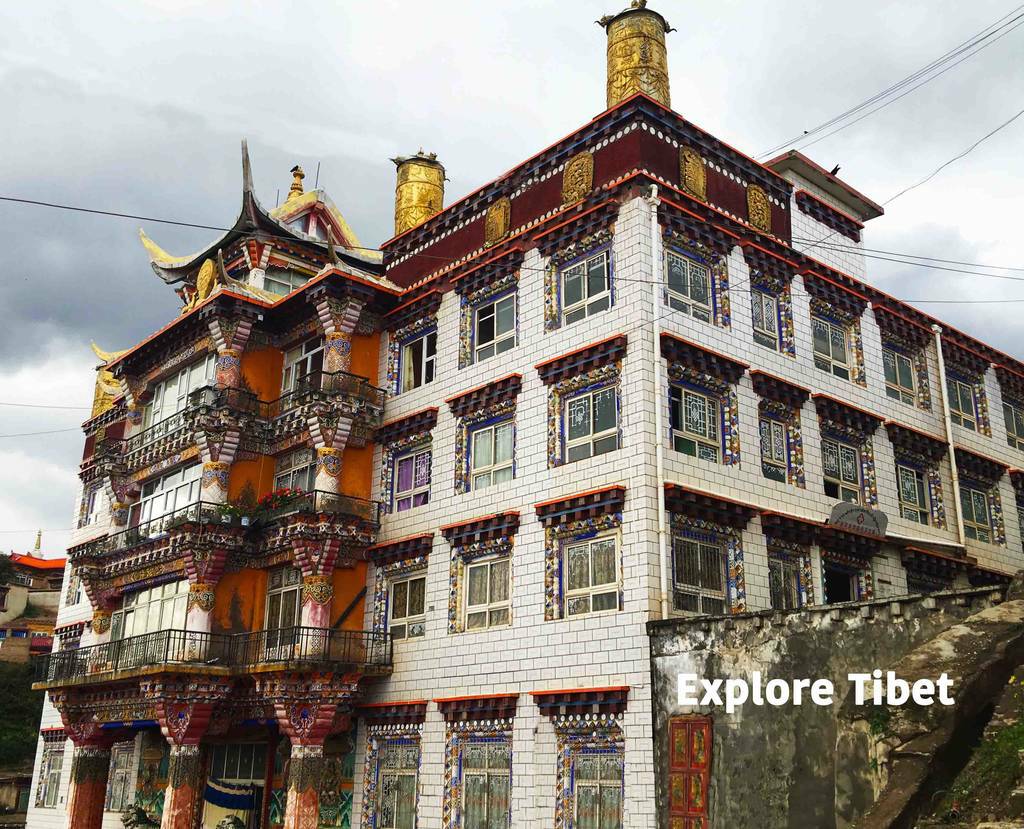
The Garze monastery host many religious festivals such as Monlam so-called world peace pray in the month of January (Tibetan calendar) gathers thousands of people all around Garze Tibetan Autonomous Prefecture, Ghost Exorcising Festival (Sorcerers) to celebrate the harvest, exorcise ghost and pray for the blessings. The most amazing festival is the prinirvana of Je Tsongkapa, it is also known as Gaden Ngamchoe. During that time, the whole monastery campus is light up with candles and butter lamps in different designs such as the eight auspicious signs as the remembrance of their great master. The festival is last for two days; thousands of people take part in this holy event for the good blessings and lots of tourists come to take photos of those amazing displays. It is one of the best time to visit the monastery to experience the Tibetan culture and religion.
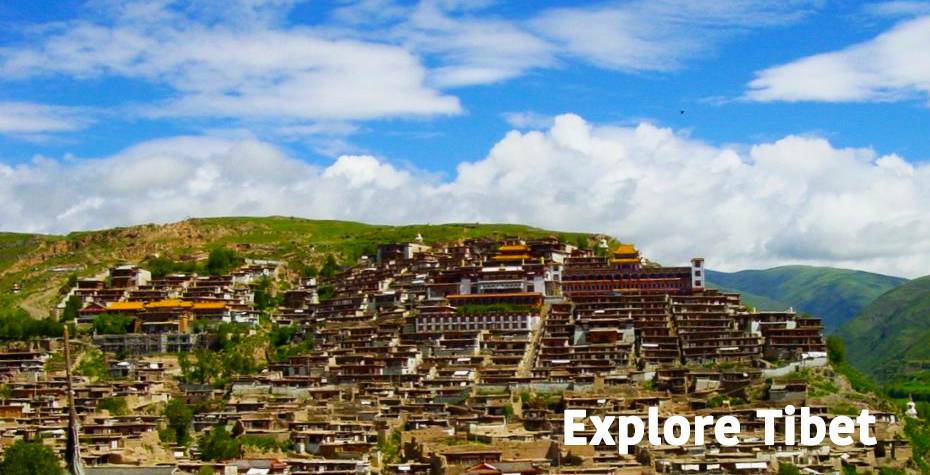
If you have any questions or want to know more about Garze Monastery and if you plan to visit Tibet, feel free to contact us at [email protected]
